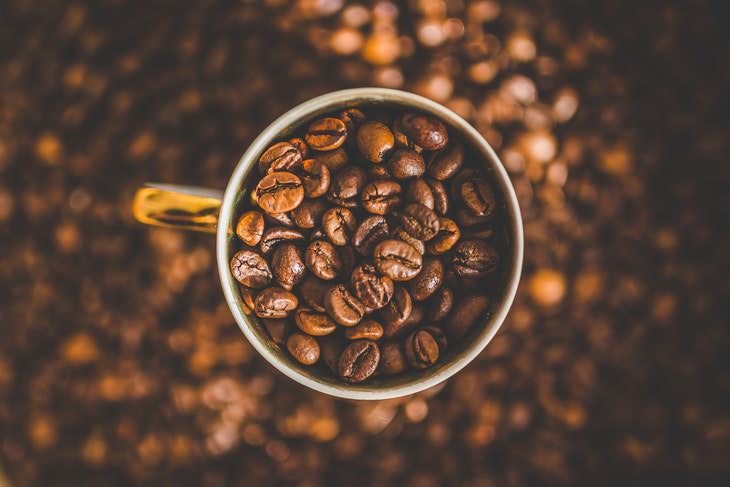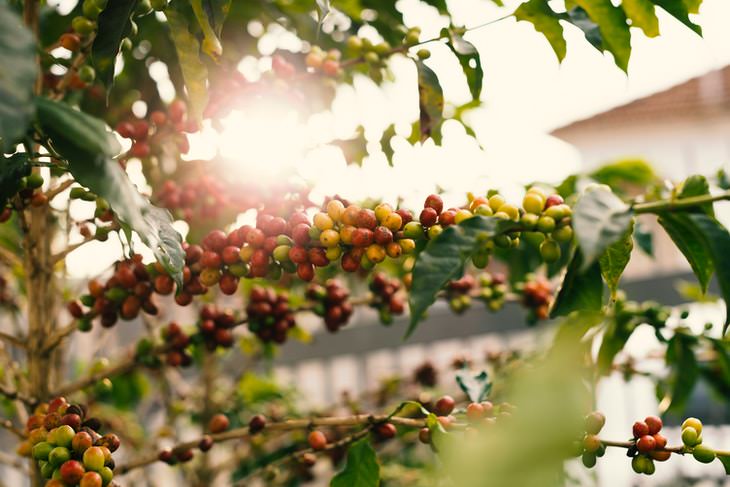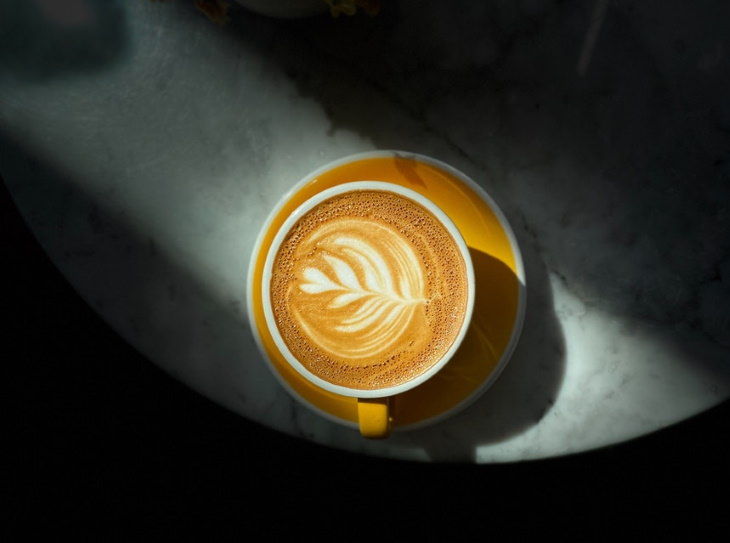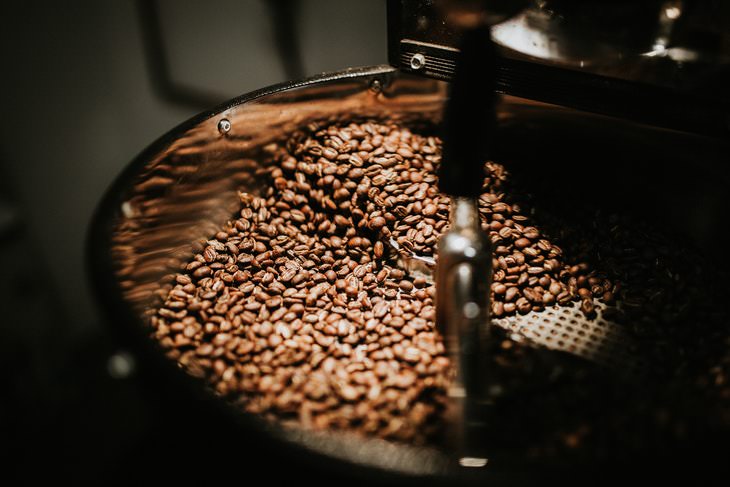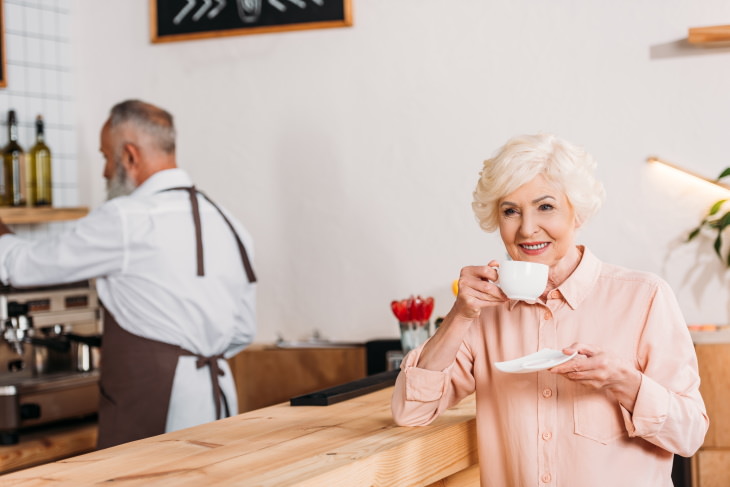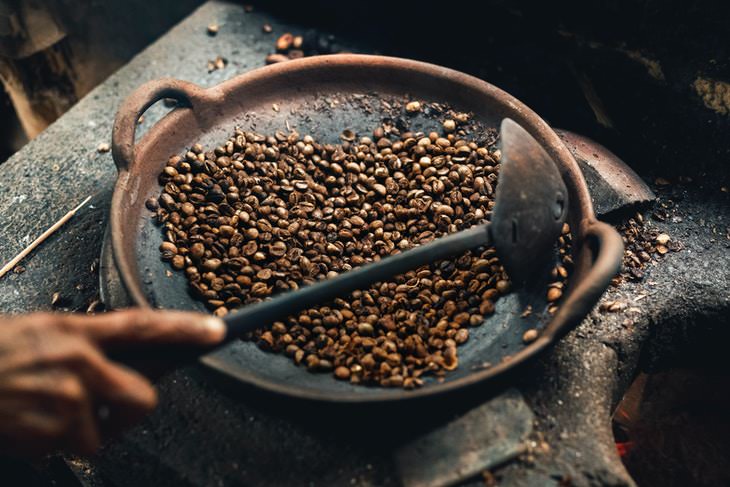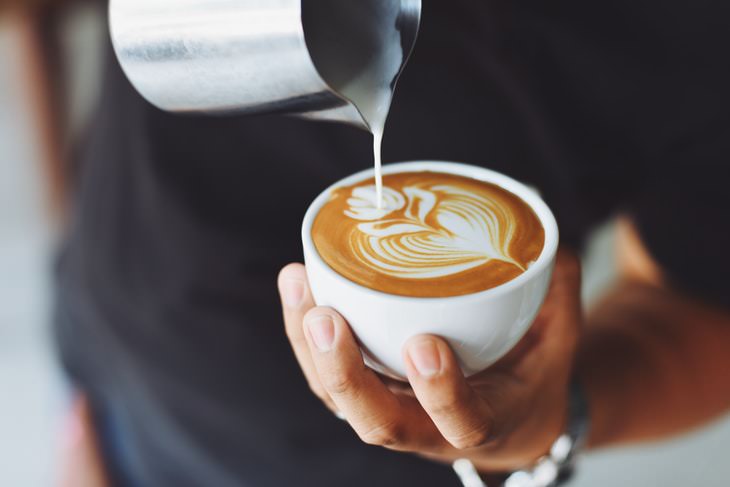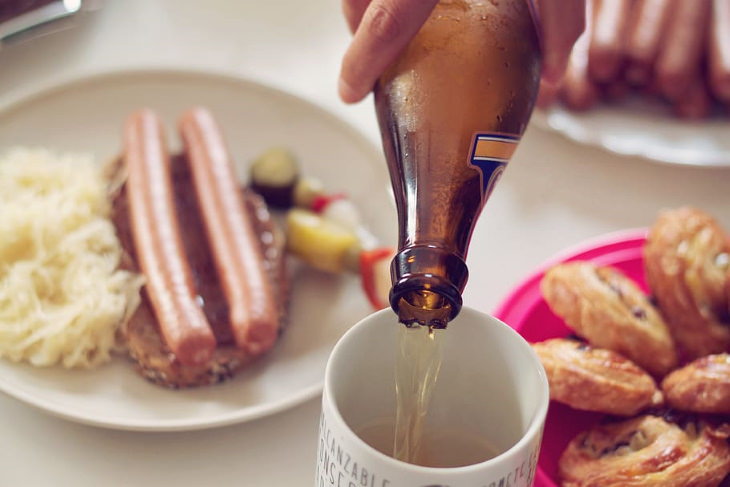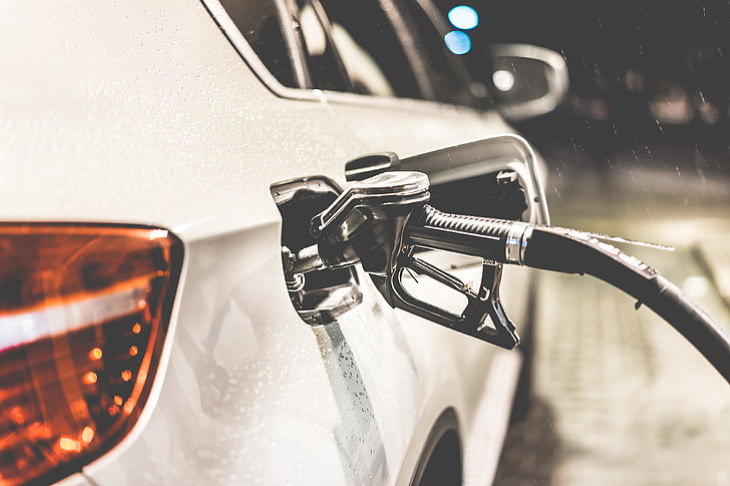Coffee is an ancient beverage. First brewed around the 9th century AD, the drink originated in the geographical area of modern-day Ethiopia and Yemen, and since, it had effectively spread throughout the world, becoming one of the most popular beverages in the world. Given that coffee has such a rich and long-standing history, it's hardly surprising that throughout all these years, we've collected an entire trove of coffee knowledge and fascinating facts about coffee.
Did you know, for example, that coffee was eaten before it was brewed, or that coffee beans are not really beans at all? Below you'll find 11 such fascinating coffee facts, many of which even the most knowledgeable coffee aficionados aren't aware of...
1. There's no difference in caffeine content between dark and light coffee roasts
There is a popular myth that dark roasted coffee is richer in caffeine than light roasted varieties. In fact, many people stick to dark roasts specifically because they are stronger, but coffee experts point out that this is a myth and that roasting will not affect the caffeine content of coffee in any way that you will notice. As a matter of fact, the difference in caffeine may be more prominent between different kinds of coffee than it is between roasts, so if you're after more caffeine, look into coffee varieties cultivated specifically to maximize caffeine content.
2. The smell of coffee is often enough to wake you up in the morning
We associate certain smells with feelings and memories, both good and bad. So it's hardly surprising that that the smell of coffee triggers feelings of wakefulness in humans, a fascinating finding confirmed by science. Research has shown that the smell of coffee sends signals of coffee anticipation in the brain that provide stimulation, so make sure to at least smell some coffee the next time you're in a hurry in the morning and don't have the time to enjoy a cup of joe.
3. Coffee beans are not actually beans, they're cherry seeds!
Who knows why we're calling them coffee beans? Maybe because they resemble beans, or maybe it's just a bad translation from the original source from centuries ago. Whatever the case may be, let's clarify - coffee beans are NOT beans - they're seeds of cherry-like fruit called either coffee cherries or coffee berries (depending on the source). These cherries are picked from the coffee tree, then dried or washed to get rid of the pulp and reveal the dry seeds, which are then roasted and ground up to make coffee.
4. Cappuccinos are named after Capuchin friars
The cappuccino is an Italian drink, prepared by mixing espresso with frothed milk that yields a golden yellow and extremely delicious coffee drink. The golden color of the drink reminded Italian baristas of the robes of Capuchin friars, who are large Franciscan orders of monks that were founded in 16th-century Italy. It was this color resemblance that gave the cappuccino its name.
5. The majority of the world's coffee comes from Brazil
The best coffee grows on extremely high altitudes in warm and humid climates with no dramatic changes in temperatures throughout the day. So, it's little surprise that coffee is grown in Brazil, where mountain ranges reach an impressive 2,791 meters above sea level. In fact, currently, about 40% of the world's coffee comes from Brazil.
6. Those who drink coffee live longer
Great news for coffee lovers worldwide - according to research from Harvard, it turns out that we live longer than those who don't drink coffee! More specifically, moderate consumption (3-4 cups a day) was associated with a longer life span, as well as a reduced risk of type 2 diabetes, cardiovascular disease, and Parkinson's. Keep in mind, however, that the study was talking about sugar and sweetener-free coffee.
7. Before it was consumed as a drink, coffee was eaten
Yes, you heard that one right. Once upon a time, coffee cherries were picked, mixed with animal fat, and consumed as an energizing food by east African tribes who first discovered coffee. Eventually, they learned that caffeine can be extracted from coffee beans, and even today, Africa has one of the most interesting, diverse, and ancient coffee cultures in the world.
8. Decaf coffee is never completely caffeine-free
Decaf coffee is never completely free of caffeine. During the decaffeination process, the coffee beans are usually stripped of 94-98% of their caffeine content. Research points out that even decaf has some caffeine - 9.4ml caffeine in 16 oz of decaf coffee, compared to 188 ml of caffeine in the same quantity of average coffee.
9. Adding milk to coffee will keep it warmer for longer
Do you prefer your coffee warm? If so, then you might enjoy learning about this trick - simply add a splash of milk or cream to your coffee, and it will cool off 20% slower than a cup of black coffee. Sure, it will increase the calorie content of the cup (1 cup of black coffee only has 1 calorie), but it will also make it a lot creamier, and it seems, also warmer.
10. Before coffee became popular, the most common breakfast drink was beer
Imagine that, replacing a cup of morning coffee with a cup of beer! But it's true, until the 18th century when coffee became increasingly popular, most people drank ale or beer for breakfast, simply because it was the most affordable drink for the majority of the population. Good thing that they didn't have cars back in the day!
11. Coffee grounds can be used as biodegradable fuel
According to an article in Biodiesel magazine, "The cup of java that fuels many people in the morning could soon fuel trucks too, in the form of coffee biodiesel". It turns out that researchers have already developed a way to reuse coffee grounds that would be otherwise thrown away into the trash to produce biofuel. Well, we can't wait to be able to use old coffee grounds instead of paying for gas, that's for sure.
Share this article with those who enjoy coffee!

